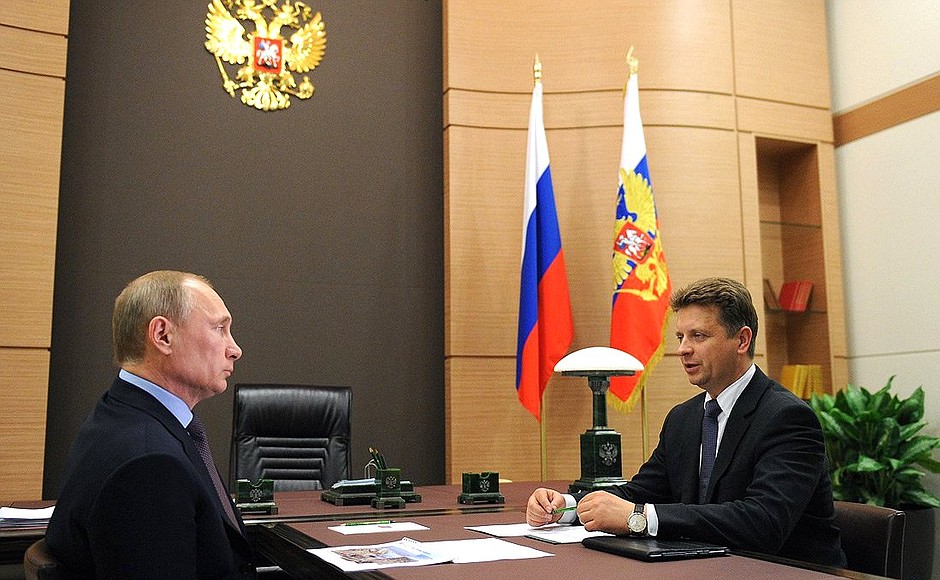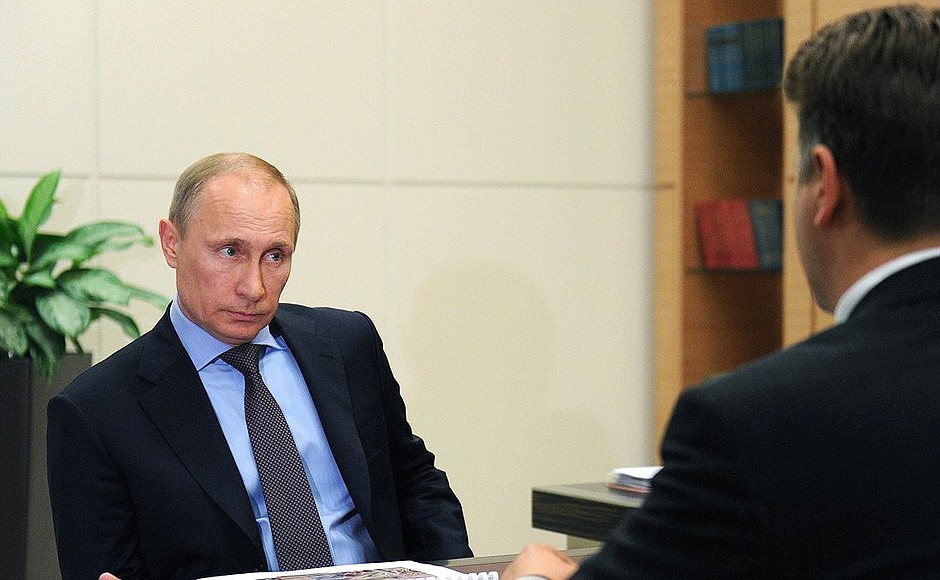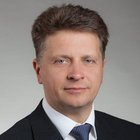President of Russia Vladimir Putin: Good afternoon,
Mr Sokolov, the time has come to talk in more specific detail about the Sochi Olympic and Paralympic legacy. Transport infrastructure accounts for a big part of this legacy. I know that you have some proposals regarding its use. Let’s discuss them today. Please, go ahead.
Transport Minister Maxim Sokolov: Mr President,
Yes, the Olympics are over and the Paralympics are still underway, but we can already see that the transport system was up to the job, thanks to the transport infrastructure that we developed in preparation for these Games.
The biggest projects were in road construction. Overall, we built, reconstructed and modernised nearly 400 kilometres of roads. We built 34 tunnels and 184 bridges and flyovers and other installations to ensure traffic flow on these roads. Some of these roads will be transferred to the federal executive authorities and the Federal Road Agency, and some of the roads will be operated at the regional level.
As well as the roads, we also built eight transport interchanges. The crowning jewel is of course the road that backs up the Kurortny Prospekt route, with its 15 tunnels and eight interchanges. This new road makes it possible to get from one end of Sochi to the other in just over 10 minutes. Before the Olympics, it took nearly two hours during rush hour to get from one end of the city to the other. You used this road yourself, Mr President. Of course this will be a useful part of our post-Olympic legacy.
Apart from roads, railway infrastructure has also undergone substantial development. Nearly 50 kilometres of combined road and rail infrastructure was built in the mountain cluster.
The railways probably handled the biggest number of people of all during the Olympics – almost 4 million passengers. The infrastructure that was built, the eight transfer hubs, and the modern railway station at Adler made this possible. Traffic capacity has been increased not just in Sochi itself but also in the direction from Tuapse. Now, railway capacity allows for 75 passenger train pairs a day to arrive in Sochi in the peak holiday season.
The new airport of course gives Sochi its air gateway. Now equipped with new runways, the airport can handle 575 landings and take-offs a day during the busiest moments. The interval between landings and take-offs was less than two minutes during the peak periods.
Finally, during the Olympics, the visitors, spectators and athletes had a fleet of 1,500 modern new buses at their service. Of these buses, 900 will be put into service later in Moscow Region, St Petersburg, and Tatarstan. Some of the buses will continue to run in Sochi. Seven specialised bus fleets were established for this purpose. Most of them will be handed over to the city authorities later for operation on city routes.
One more thing, the marine infrastructure was essentially entirely rebuilt too. Apart from the freight terminal at Mzymta, which will be run as a marina after the Olympic period is over, the big cruise ship terminal was essentially completely rebuilt too. There are also seven port terminals that will ensure sea passenger traffic during the peak summer season. Already now, in this Olympic year, 169 requests for ships to berth at the big Sochi cruise ship terminal have already come in.
Vladimir PUTIN: 169?
Maxim SOKOLOV: Yes, 169 requests. I have them all here on my computer.
Vladimir Putin: But two weeks ago there were 68 requests.
Maxim Sokolov: The 68 requests were for berthing in Sochi alone, but there are also more than 80 requests for berths as part of a ring route that includes Yalta, Batumi, and Sochi. There is also the sailing ship regatta that will come to Sochi in May. This all adds up to 169 requests for 2014 at the moment.
In order to ensure this entire transport system’s smooth operation, we established a comprehensive traffic management system. This system’s control centre will be handed over to the Sochi city authorities for organising the city’s traffic flows. In general then, the transport infrastructure that was built all makes a good foundation for the tourist cluster’s continued operation, so that people from all around the world and from throughout Russia will be able to come to Sochi. This is all the more so as the Sochi airport has been included on the list of destinations that are subsidised for passengers from the Russian Far East, Siberia, and Far North.
Vladimir Putin: Thank you. Do you see any issues that require our further attention and maybe additional financing in order to put this infrastructure legacy to work effectively?
Maxim Sokolov: We are working with the Krasnodar Territory authorities at the moment on organising local railway routes. We had 38 train pairs with the lovely name Lastochka (Swallow) running on these local routes during the Olympic period, and some of them will continue operating on these routes. But it is clear that more funding will be needed to keep them running at an acceptable frequency. As things stand today, local trains come under the regional authorities’ responsibility, but the amount of financing needed here is quite large. We are working with the regional authorities and the governor, and I think we will have a solution to be able to propose to you soon.
Vladimir Putin: Some of the facilities, including the backup road for Kurortny Prospekt, were put into temporary operation. They still have some work that needs completing first, especially in areas such as fire safety and so on. What is happening here?
Maxim Sokolov: We did not interrupt traffic at all during the Olympics, not even for a single hour, and we will not need to suspend traffic after the Games are over either. We will bring these facilities into permanent operation and by May will have received all of the necessary evaluations from the relevant bodies.
Vladimir Putin: You absolutely must get this work completed.
Maxim Sokolov: Yes, we will do this.
<…>


